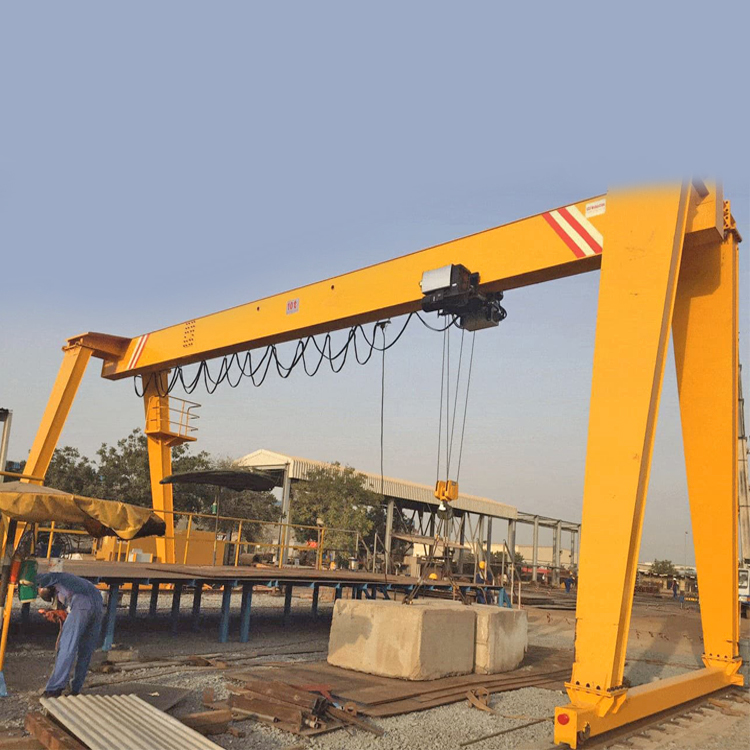Gantry cranes are versatile lifting devices commonly used in various industrial applications, including construction, manufacturing, and shipping. One of the most frequently asked questions regarding gantry cranes is whether they require a track for operation. The answer to this question largely depends on the specific design and intended use of the gantry crane.
Traditional gantry cranes are typically designed to operate on tracks. These tracks provide a stable and controlled path for the crane to move along, allowing for precise positioning of heavy loads. The use of tracks enhances the crane’s stability and ensures smooth movement, which is crucial when handling large and heavy materials. In environments where heavy lifting is a regular task, such as warehouses or shipyards, a tracked gantry crane can significantly improve efficiency and safety.
However, not all gantry cranes require tracks. There are portable or adjustable gantry cranes that are designed to be used without a fixed track system. These cranes often feature wheels or casters that allow them to be moved freely across a flat surface. This flexibility makes them ideal for smaller jobs or temporary setups where a permanent track installation is impractical. Portable gantry cranes are particularly popular in workshops and construction sites where mobility and adaptability are essential.
In summary, whether a gantry crane requires a track depends on its design and application. For heavy-duty operations, a tracked gantry crane is often the best choice, providing stability and precision. Conversely, for lighter, more flexible tasks, a portable gantry crane without tracks can be an effective solution. Understanding the specific needs of your project will help determine the most suitable type of gantry crane for your lifting requirements.

Post time: Nov-01-2024







